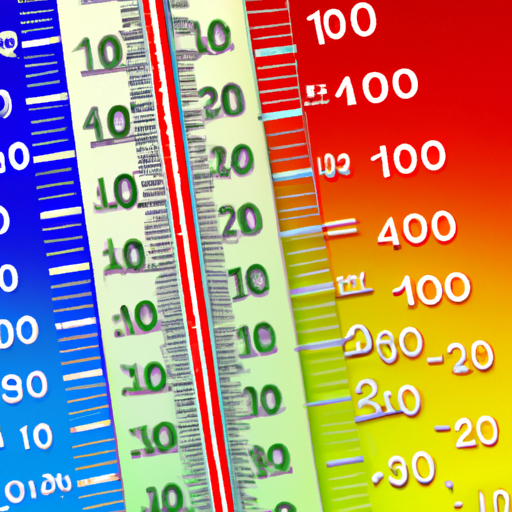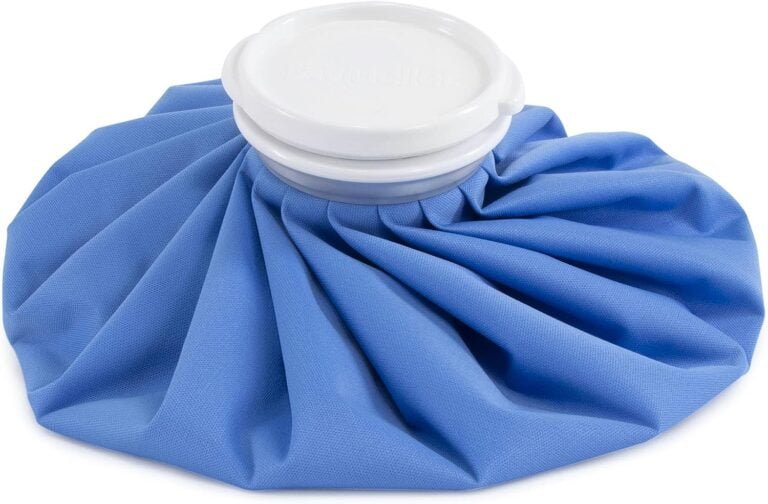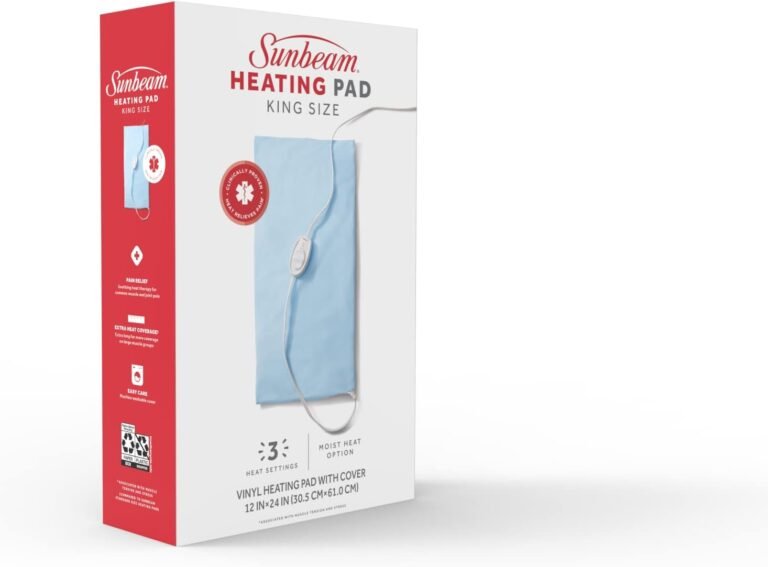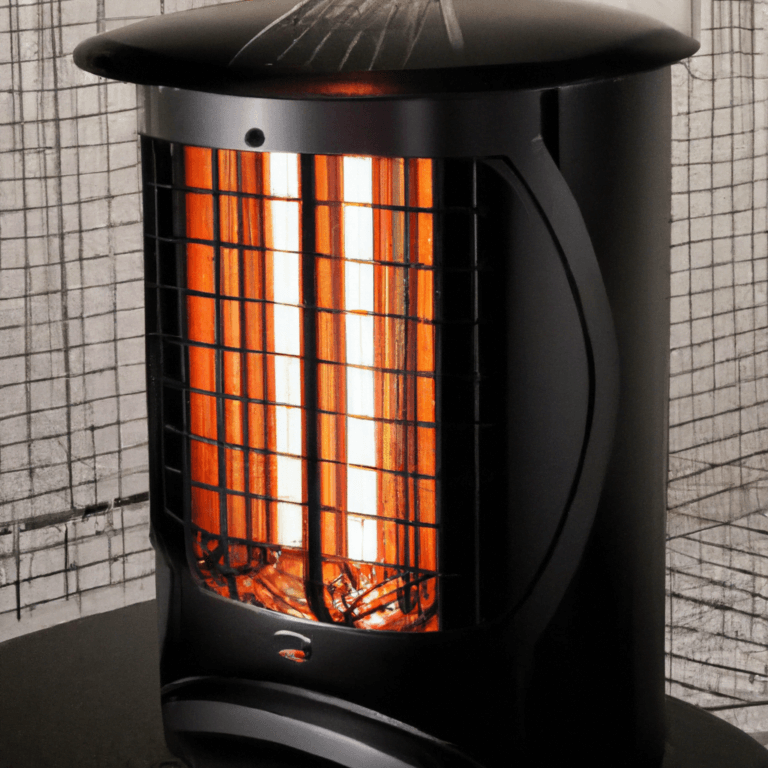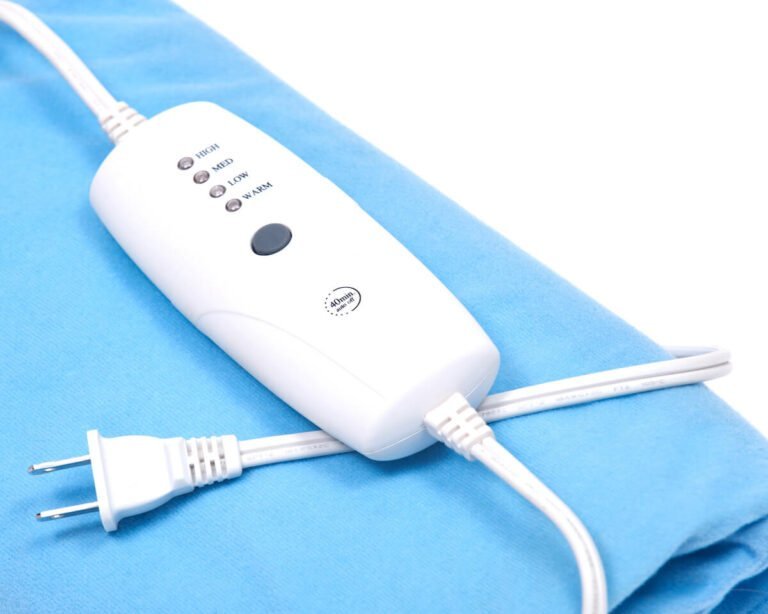General Guide and Chart When To Use Heat or Cold Therapy
When it comes to treating common conditions, knowing when to use heat or cold therapy can make all the difference. Whether it’s a sprained ankle, a nagging headache, or muscle soreness, understanding the benefits of heat and cold can help alleviate pain and promote healing. In this article, you’ll find a comprehensive chart or guide that outlines the ideal situations to utilize heat versus cold therapy, allowing you to make informed decisions in your quest for relief and wellness.
Headaches
Headaches are a common ailment that can occur for a variety of reasons. Tension headaches, also known as stress headaches, are one of the most common types. These headaches often result from muscle tension in the neck or scalp. They can be caused by stress, poor posture, or even eye strain from spending too much time looking at screens. Tension headaches typically feel like a dull, aching pain and can be felt on both sides of the head.
Migraines, on the other hand, are more severe and can be debilitating. They are often characterized by a throbbing pain on one side of the head, along with other symptoms such as sensitivity to light and sound, nausea, and even visual disturbances. Migraines can last for several hours or even days, and their exact cause is still not fully understood. They can be triggered by certain foods, hormonal changes, lack of sleep, or even certain smells.
Muscle Strains
Muscle strains occur when a muscle is stretched or torn, resulting in pain and limited mobility. Acute muscle strains are usually the result of sudden, forceful movements or overexertion. These strains can be painful and may require rest, ice, compression, and elevation (RICE) for treatment. Common areas for acute muscle strains include the back, neck, and legs.
Chronic muscle strains, on the other hand, develop over time due to repetitive motions or improper use of muscles. These strains are often seen in athletes or individuals with jobs that require repetitive movements. Treatment for chronic muscle strains may involve physical therapy, stretching exercises, and possibly anti-inflammatory medications.
Joint Pain
Joint pain can be caused by a variety of factors, including arthritis and bursitis. Arthritis is a condition that causes inflammation and pain in the joints. There are many types of arthritis, but the two most common are osteoarthritis and rheumatoid arthritis. Osteoarthritis occurs when the protective cartilage that cushions the joints wears down over time, resulting in pain and stiffness. Rheumatoid arthritis is an autoimmune disease that causes the immune system to mistakenly attack the joints.
Bursitis is another condition that can cause joint pain. It occurs when the small fluid-filled sacs called bursae, which cushion the joints, become inflamed. This inflammation can cause pain and limited mobility in the affected joint. Bursitis can be caused by repetitive motions, such as throwing a baseball or painting, or by an injury.
Inflammation
Inflammation is the body’s natural response to injury or infection. It is characterized by redness, swelling, heat, and pain in the affected area. Acute inflammation is a short-term response that usually subsides once the injury or infection has healed. It is an important part of the healing process.
Chronic inflammation, on the other hand, is a long-term condition that can be caused by a variety of factors, such as autoimmune diseases or prolonged exposure to harmful substances. Chronic inflammation can lead to tissue damage and is associated with conditions like rheumatoid arthritis, inflammatory bowel disease, and cardiovascular disease.

Swelling
Swelling is a common symptom that can occur after an injury or surgery. Post-surgery swelling is a natural response to the trauma caused by the procedure. It can cause discomfort, stiffness, and limited mobility in the affected area. To reduce post-surgery swelling, it is generally recommended to apply ice packs to the area and keep it elevated.
Sprained ankle swelling is another common type of swelling. A sprained ankle occurs when the ligaments supporting the ankle joint are stretched or torn. This can cause pain, swelling, and difficulty walking. To reduce swelling in a sprained ankle, it is typically recommended to use the RICE method: rest, ice, compression, and elevation.
Bruises
Bruises are a common occurrence and are usually caused by minor injuries that result in bleeding under the skin. Fresh bruises are often characterized by their dark purplish color. They can be tender to the touch and may cause swelling in the affected area. Fresh bruises typically heal on their own over time, but applying a cold compress to the area can help reduce swelling and relieve pain.
Healing bruises are bruises that have progressed past the initial stage and are starting to fade. They may appear yellow or greenish in color and are less tender than fresh bruises. Healing bruises generally do not require any specific treatment, but applying a warm compress to the area may help promote blood circulation and speed up the healing process.
Dental Pain
Dental pain can be caused by a variety of factors, including toothaches and post-extraction pain. A toothache is often a sign of tooth decay or infection. It can range from a mild, dull ache to a severe, throbbing pain and may be accompanied by other symptoms such as sensitivity to hot or cold foods, swelling, or a bad taste in the mouth. Treatment for a toothache often involves seeing a dentist to address the underlying cause of the pain.
Post-extraction pain refers to discomfort or pain experienced after a tooth extraction. It is a common side effect of the procedure and is usually managed with over-the-counter pain medications and following the dentist’s instructions for post-operative care. Applying a cold compress to the cheek can help reduce swelling and provide temporary pain relief.
Menstrual Cramps
Menstrual cramps are a common complaint among women during their menstrual cycle. Primary dysmenorrhea refers to menstrual cramps that occur without an underlying medical condition. The pain is typically felt in the lower abdomen and can range from mild to severe. Heat therapy, such as using a heating pad or taking a warm bath, is often recommended to help alleviate menstrual cramps.
Secondary dysmenorrhea, on the other hand, refers to menstrual cramps that are caused by an underlying medical condition, such as endometriosis or uterine fibroids. In addition to heat therapy, treatment for secondary dysmenorrhea may involve addressing the underlying condition and may include medications or other interventions.
Sunburn
Sunburn occurs when the skin is overexposed to the sun’s ultraviolet (UV) rays. Mild sunburn is characterized by redness, tenderness, and a warm sensation in the affected area. It typically appears a few hours after sun exposure and peaks within 24 to 48 hours. Mild sunburn can usually be managed at home by applying cool compresses, moisturizing the skin, and taking over-the-counter pain relievers.
Severe sunburn, also known as sun poisoning, is a more serious condition that may require medical attention. It is characterized by blistering, swelling, and severe pain. In some cases, individuals with severe sunburn may also experience fever, chills, or nausea. Treatment for severe sunburn may include prescription medications, such as topical steroids, to reduce inflammation and promote healing.
Sinus Congestion
Sinus congestion occurs when the nasal passages become blocked or inflamed. Acute sinus congestion is usually caused by a viral infection, such as the common cold or flu. It can cause symptoms such as stuffy or runny nose, facial pain, and headache. Applying a warm compress to the sinus area can help relieve congestion and promote drainage.
Chronic sinus congestion, on the other hand, refers to persistent or recurrent nasal congestion that lasts for several weeks or longer. It can be caused by allergies, nasal polyps, or a deviated septum, among other factors. Treatment for chronic sinus congestion may involve medications, nasal sprays, or even surgery, depending on the underlying cause.
When it comes to managing these common conditions, knowing when to use heat or cold therapy can be beneficial. The chart or guide provided below can help you make informed decisions on which approach to use:
| Condition | Heat Therapy | Cold Therapy |
|---|---|---|
| Tension Headaches | Apply a warm compress to the neck or head | Apply a cold compress or ice pack to the affected area |
| Migraines | Apply a warm compress to the neck or forehead | Apply a cold compress or ice pack to the forehead or scalp |
| Acute Muscle Strains | Apply a warm compress to the affected area | Apply a cold compress or ice pack to reduce swelling |
| Chronic Muscle Strains | Apply a warm compress before physical activity | Apply a cold compress or ice pack after physical activity |
| Arthritis | Apply a warm compress to the affected joints | Apply a cold compress or ice pack to reduce inflammation |
| Bursitis | Apply a warm compress to the affected joint | Apply a cold compress or ice pack to reduce swelling |
| Acute Inflammation | Apply a warm compress to the affected area | Apply a cold compress or ice pack to reduce inflammation |
| Chronic Inflammation | Apply a warm compress to the affected area | Apply a cold compress or ice pack to reduce inflammation |
| Post-Surgery Swelling | Apply a warm compress to the affected area | Apply a cold compress or ice pack to reduce swelling |
| Sprained Ankle Swelling | Apply a warm compress to the ankle | Apply a cold compress or ice pack to reduce swelling |
| Fresh Bruises | Apply a warm compress within the first 48 hours | Apply a cold compress or ice pack immediately after injury |
| Healing Bruises | Apply a warm compress to promote blood circulation | Apply a cold compress or ice pack to reduce swelling |
| Toothache | Apply a warm compress to the cheek | Apply a cold compress or ice pack to reduce pain |
| Post-Extraction Pain | Apply a warm compress to the cheek | Apply a cold compress or ice pack to reduce swelling |
| Menstrual Cramps | Apply a warm compress to the lower abdomen | Apply a cold compress or ice pack to reduce pain |
| Sunburn | Apply a cool compress or take a cool bath to soothe the skin | Apply a cold compress or ice pack to reduce inflammation |
| Sinus Congestion | Apply a warm compress to the sinus area | Apply a cold compress or ice pack to reduce congestion |
Remember, these guidelines are general recommendations, and it’s always a good idea to consult with a healthcare professional for personalized advice on managing your specific condition. With the right approach, you can find relief and ease discomfort in various common conditions. Stay well!

